The Myths of Creation in Various Ancient Religions
Exploring the ancient beliefs of different cultures reveals a tapestry of fascinating creation myths. These stories, woven through time, offer insights into how various ancient religions perceived the origins of the universe and life itself. From the majestic tales of Egyptian gods to the cosmic battles of Norse deities, each myth carries a unique perspective on creation, reflecting the values and beliefs of the civilizations that crafted them.
As we journey through the realms of ancient religions, we encounter a rich tapestry of creation narratives that paint vivid pictures of how the world came into being. The myths of creation in Ancient Egyptian, Greek, Norse, Hindu, Native American, Chinese, Sumerian, and Mayan religions stand as testaments to the human imagination's boundless creativity in explaining the mysteries of existence.
These myths are not mere stories but intricate reflections of cultural identity, societal norms, and spiritual beliefs. They offer glimpses into the collective consciousness of civilizations long past, providing us with a window into the minds of our ancestors and their profound connections to the natural world.
Through the lens of these ancient myths, we can explore the intricate tapestries of creation, where gods shape the cosmos, battles rage in the heavens, and the very fabric of reality is woven. Each myth carries its own unique flavor, blending elements of magic, heroism, tragedy, and triumph into narratives that transcend time and space.
Join us on a journey through the myths of creation in various ancient religions, where gods walk among mortals, worlds are born from chaos, and the eternal dance of creation and destruction unfolds in mesmerizing detail. Let us delve into the depths of these ancient tales and unravel the secrets of the universe as seen through the eyes of our ancestors.

Ancient Egyptian Creation Myth
The Ancient Egyptian creation myth is a fascinating tale that sheds light on how the ancient Egyptians believed the world and gods came into existence. According to their mythology, the universe was created out of chaos, known as Nun. From this primordial waters emerged a mound, symbolizing the first land. On this mound, the god Atum-Ra, the sun god, created himself and then went on to create other gods and goddesses. These deities played vital roles in shaping the world and maintaining order.
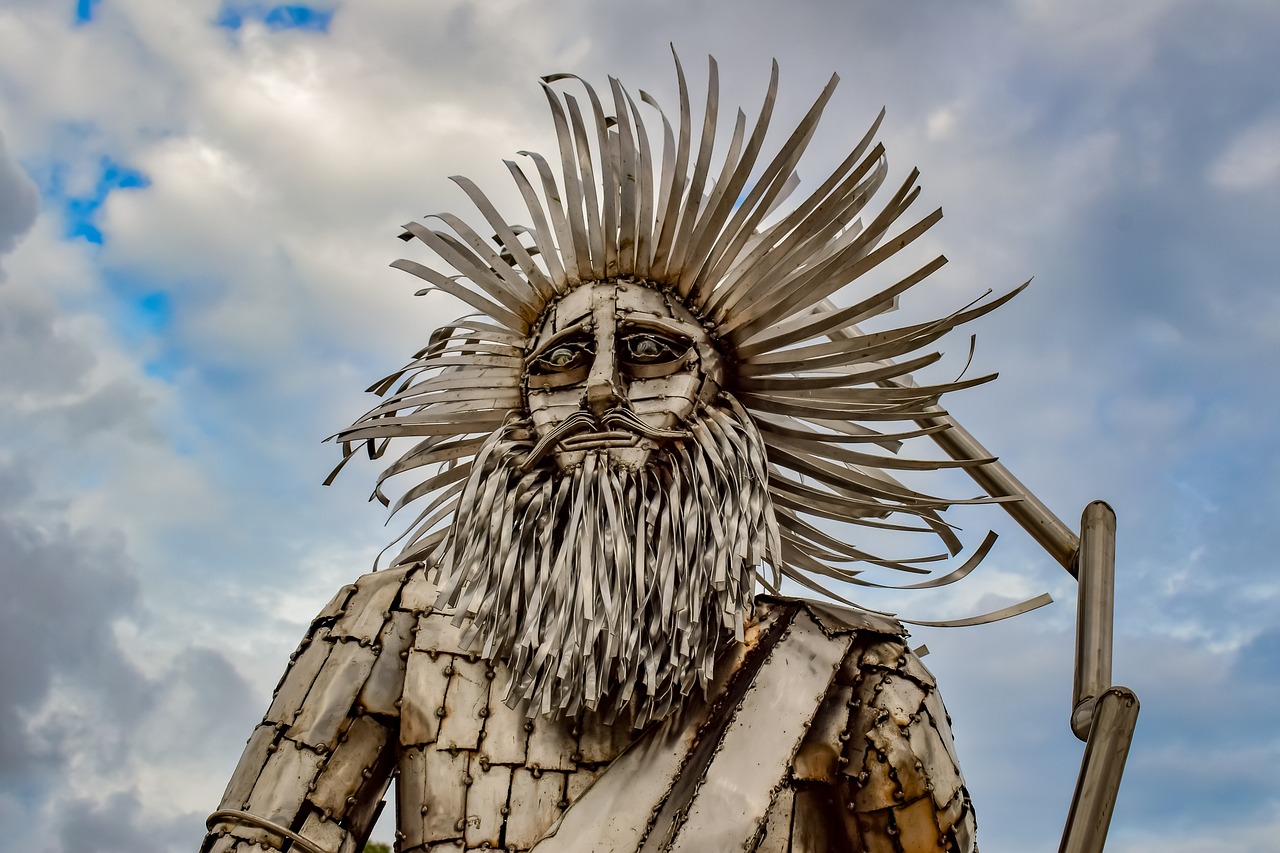
Greek Mythology: The Creation of the Universe
In Greek mythology, the creation of the universe is a captivating tale filled with gods, titans, and primordial beings. According to Greek myth, in the beginning, there was Chaos, a formless void from which all things would eventually emerge. From Chaos came Gaia, the Earth, and Uranus, the sky, who gave birth to the Titans, powerful beings who ruled the world before the Olympian gods.
One of the most well-known stories of creation in Greek mythology is the tale of Cronus, the youngest of the Titans, who overthrew his father Uranus with the help of his mother Gaia. This act of patricide set off a chain of events that led to the rise of the Olympian gods, led by Zeus, who eventually defeated the Titans in a great war known as the Titanomachy.
The creation of the universe in Greek mythology is intricately connected to the genealogy of the gods and the stories of their interactions with humans and each other. The myths explain the origins of natural phenomena, the establishment of the divine order, and the roles of gods and mortals in the world.
The Greek pantheon is a complex web of relationships, rivalries, and alliances that shape the cosmos and influence the lives of both gods and humans. From the birth of Athena from the head of Zeus to the punishment of Prometheus for stealing fire from the gods, Greek mythology is replete with stories that explore the nature of creation, power, and destiny.
As we delve into the rich tapestry of Greek mythology, we uncover a world where gods walk among mortals, heroes undertake epic quests, and the boundaries between the divine and the human blur. The creation of the universe in Greek mythology is not just a one-time event but an ongoing saga of creation, destruction, and rebirth that reflects the eternal cycles of nature and the cosmos.
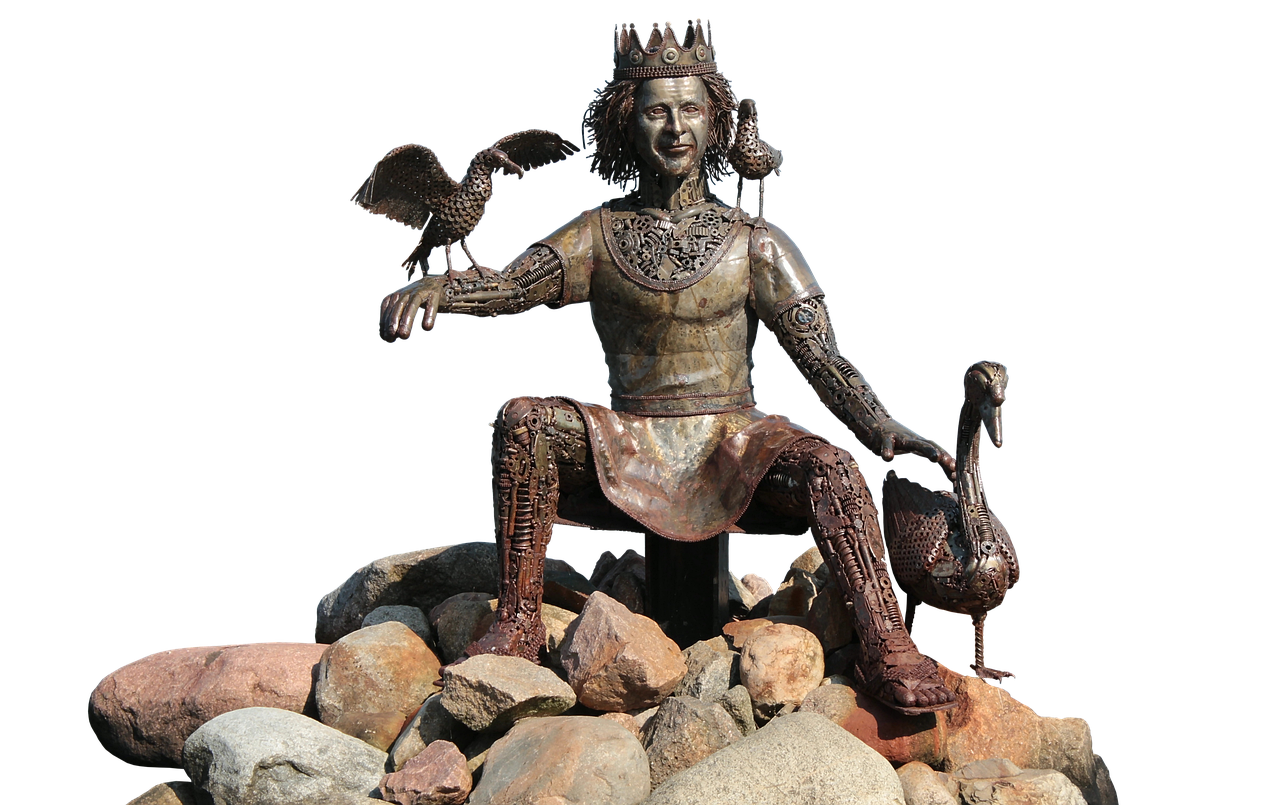
Norse Mythology: The Birth of the Cosmos
In Norse mythology, the birth of the cosmos is depicted through a captivating tale of primordial chaos and creation. At the beginning of all things, there existed the vast emptiness known as Ginnungagap, a void between the fiery realm of Muspelheim and the icy realm of Niflheim. From this void emerged the first being, Ymir, the primordial giant and progenitor of the frost giants.
Ymir's existence led to the creation of the cosmic cow Audumbla, whose nourishment sustained Ymir and allowed for the birth of the first of the Aesir gods, Odin. Odin and his brothers Vili and Ve eventually slew Ymir, forming the world from his body. Ymir's flesh became the earth, his blood the seas, his bones the mountains, his teeth the rocks, and his skull the sky.
Odin and his brothers then used Ymir's eyebrows to create Midgard, the realm of humans, within which they placed the first man and woman, Ask and Embla. The gods continued their work by fashioning the sun, moon, and stars from the sparks of Muspelheim, bringing light and time to the newly formed world.
The Norse creation myth is a vivid tapestry of cosmic forces, gods, and giants interwoven in a complex narrative that highlights the cyclical nature of creation and destruction. It reflects the harsh and unpredictable nature of the Norse world, where chaos and order coexist in a delicate balance, much like the eternal struggle between fire and ice in the primordial realms.

Hinduism: Brahma and the Creation of the Universe
Hinduism is rich in mythology and stories of creation, with one of the central figures being Brahma, the creator god. According to Hindu beliefs, Brahma is responsible for the creation of the universe through his divine powers. He is often depicted with four heads, each representing a cardinal direction, symbolizing his all-encompassing presence in the cosmos.
In Hindu cosmology, the creation of the universe is not a one-time event but rather a cyclical process that repeats over vast time periods. This concept is known as the cycle of creation, preservation, and destruction, with Brahma being the creator, Vishnu the preserver, and Shiva the destroyer. This cycle reflects the eternal nature of existence and the interconnectedness of all life forms.
According to Hindu scriptures, Brahma created the world from a golden egg known as Hiranyagarbha or the cosmic egg. From this egg emerged the elements of the universe, including the heavens, the earth, and all living beings. Brahma then went on to create the gods, humans, animals, and plants, shaping the diverse and intricate tapestry of existence.
Brahma is often portrayed as sitting on a lotus flower that emerges from the navel of Lord Vishnu, who lies on the cosmic serpent Shesha. This imagery symbolizes the interconnectedness of the divine trinity and the continuous cycle of creation and preservation.
The Hindu creation myth involving Brahma highlights the power of divine creation and the intricate balance of the universe. It emphasizes the importance of harmony, order, and balance in the cosmic scheme of things, reflecting the profound philosophical underpinnings of Hindu cosmology.
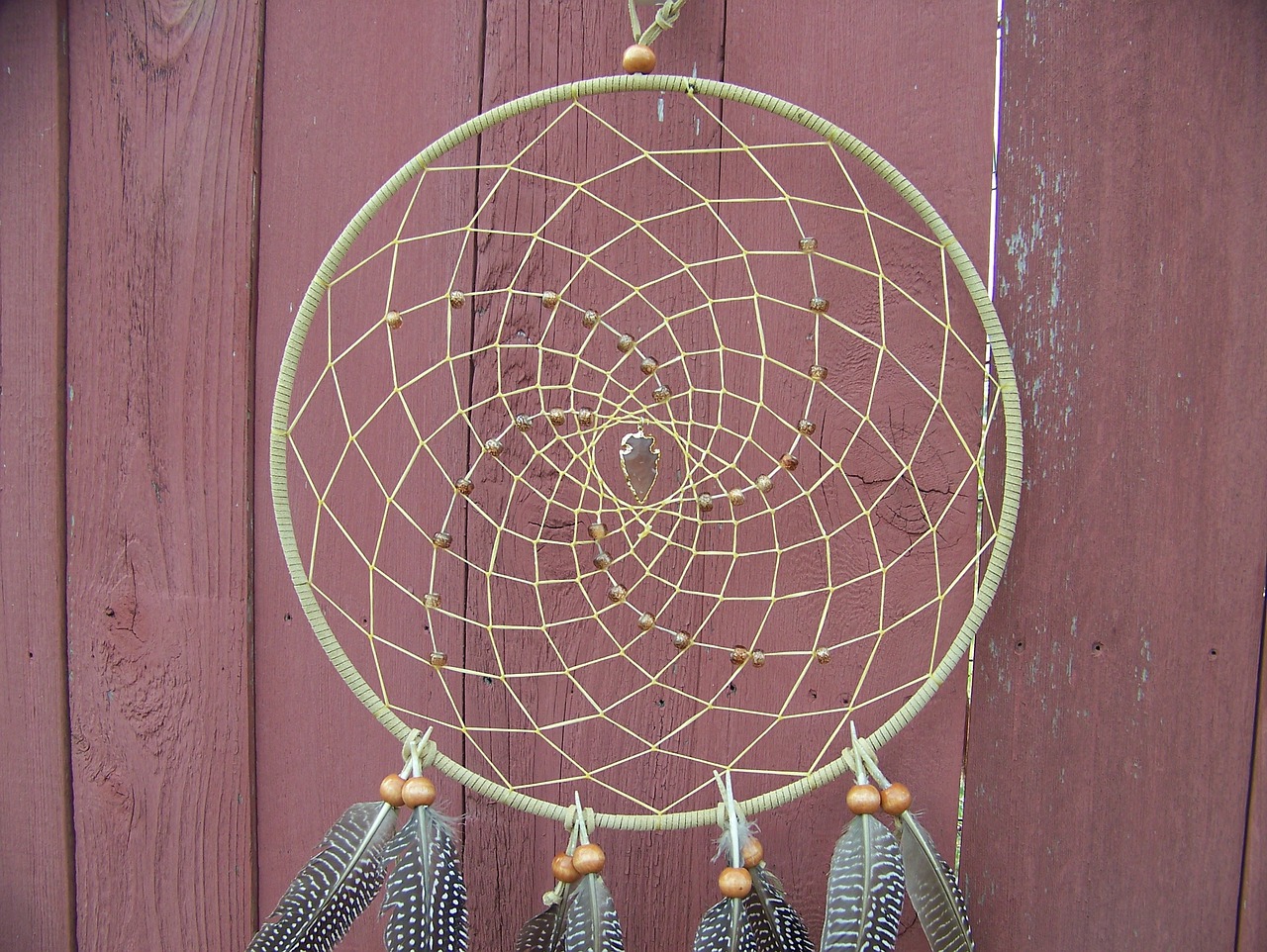
Native American Creation Stories
Native American creation stories are rich in diversity and cultural significance, reflecting the deep connection between indigenous tribes and the natural world. These narratives vary widely among different tribes, each offering a unique perspective on the origins of life and the universe. From the Navajo creation story of the Holy People emerging from different underworlds to the Cherokee belief in the Great Buzzard shaping the earth, Native American creation myths are steeped in symbolism and oral tradition.
One common theme found in many Native American creation stories is the emphasis on harmony and balance with nature. The interconnectedness of all living beings and the importance of respecting the earth are central themes that resonate throughout these myths. For example, the Hopi creation myth teaches the importance of living in harmony with the land and following the guidance of the Creator to maintain balance in the world.
Moreover, Native American creation stories often highlight the role of animals as spiritual guides and guardians. In the Blackfoot creation narrative, animals play a crucial part in shaping the world and teaching humans valuable lessons about survival and wisdom. The Lakota creation story involves the emergence of the White Buffalo Calf Woman, who imparts sacred teachings to the people and establishes rituals for honoring the earth.
Each Native American tribe has its own unique creation story that reflects its cultural beliefs and values. These myths serve not only as explanations for the origins of life but also as moral lessons passed down through generations. The storytelling tradition remains a vital aspect of Native American culture, preserving ancient wisdom and teachings for future generations to cherish and learn from.

Chinese Mythology: Pangu and the Creation of the World
Chinese mythology is rich with fascinating tales of creation, and one of the most prominent figures in these stories is Pangu. According to Chinese myth, in the beginning, there was chaos - a cosmic egg containing the elements of yin and yang. Within this egg, Pangu, a giant, slept for 18,000 years. As he awoke, he stretched and grew, breaking the egg into two halves. The lighter part of the egg rose and formed the sky, while the heavier part sank and became the earth.
Pangu then set about the task of separating yin and yang, pushing them apart to create the balance necessary for the world to exist. As he grew taller, his head touched the sky, and his feet rooted deep into the earth, becoming the mountains and valleys. Pangu's body transformed into the various elements of nature - his breath became the wind, his voice the thunder, his eyes the sun and moon.
Legend has it that Pangu continued to grow for thousands of years, each day adding a few feet to his height, until the sky and earth were finally in their proper places. When he eventually passed away, his body parts transformed into different aspects of the world, ensuring the continued harmony and balance of creation.
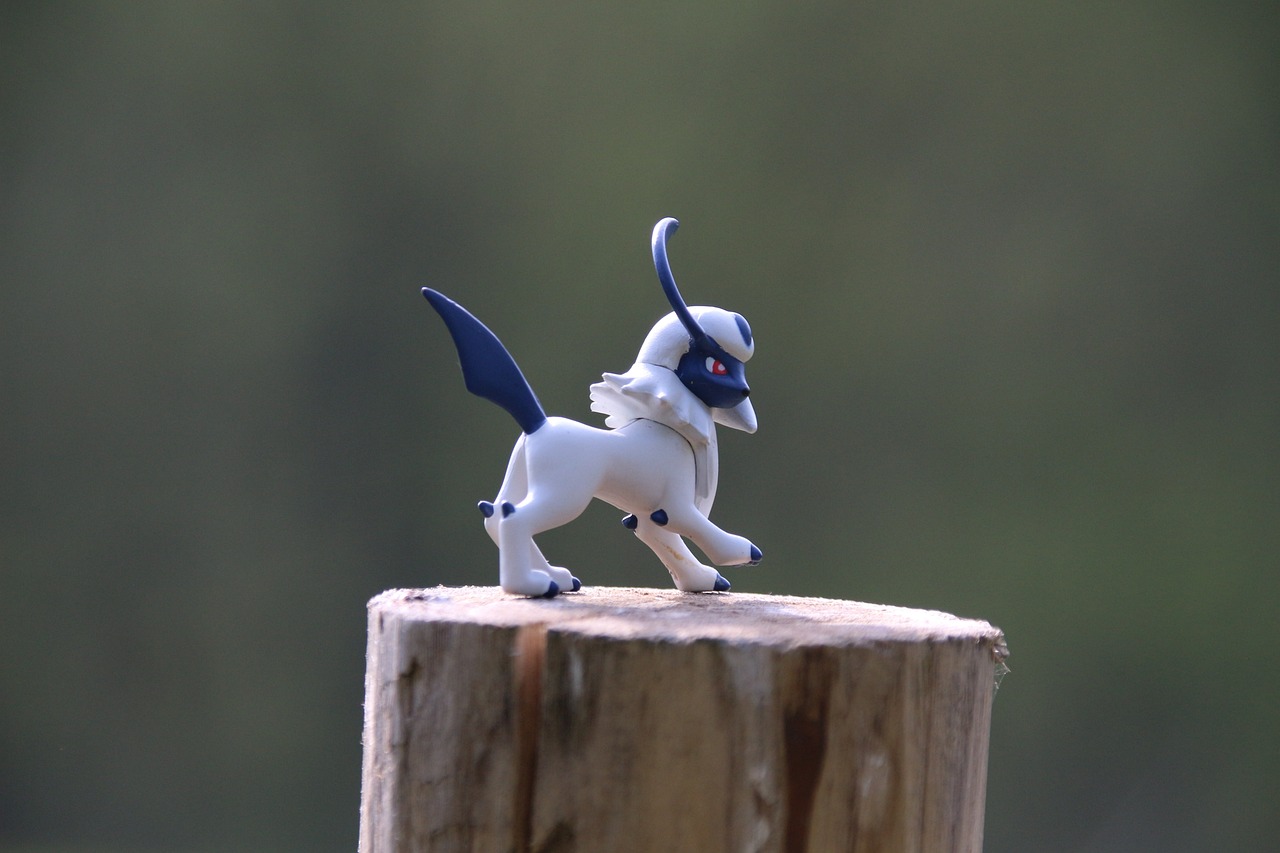
Sumerian Creation Myth: Enuma Elish
The Sumerian Creation Myth, known as Enuma Elish, is a captivating tale that sheds light on the origins of the universe according to ancient Mesopotamian beliefs. This epic story revolves around a cosmic struggle between powerful deities, showcasing themes of creation, power, and the establishment of order in the world. Enuma Elish describes the emergence of the world from the union of primordial forces, personified by gods such as Apsu and Tiamat.
At the heart of Enuma Elish lies the conflict between generations of gods, symbolizing the eternal cycle of creation and destruction. The narrative unfolds with the birth of younger gods who rebel against the older generation, leading to a fierce battle for supremacy. This primordial clash culminates in the rise of Marduk, the patron deity of Babylon, who defeats the chaos dragon Tiamat and establishes his dominion over the cosmos.
The Enuma Elish not only portrays the grandeur of creation but also explores complex themes of divine hierarchy, destiny, and the nature of existence. Through vivid imagery and poetic language, the myth conveys profound insights into the Sumerian worldview and their understanding of the forces that govern the universe. The intricate web of relationships between gods and the cosmic order they uphold is a central motif in Enuma Elish, reflecting the ancient Mesopotamians' reverence for the divine.
This creation myth serves as a cultural touchstone, offering a glimpse into the rich tapestry of Sumerian beliefs and values. Enuma Elish stands as a testament to the enduring power of myth and the human quest to make sense of the mysteries of existence. Its legacy endures through the ages, inspiring awe and wonder in those who seek to unravel the enigmatic origins of the world.
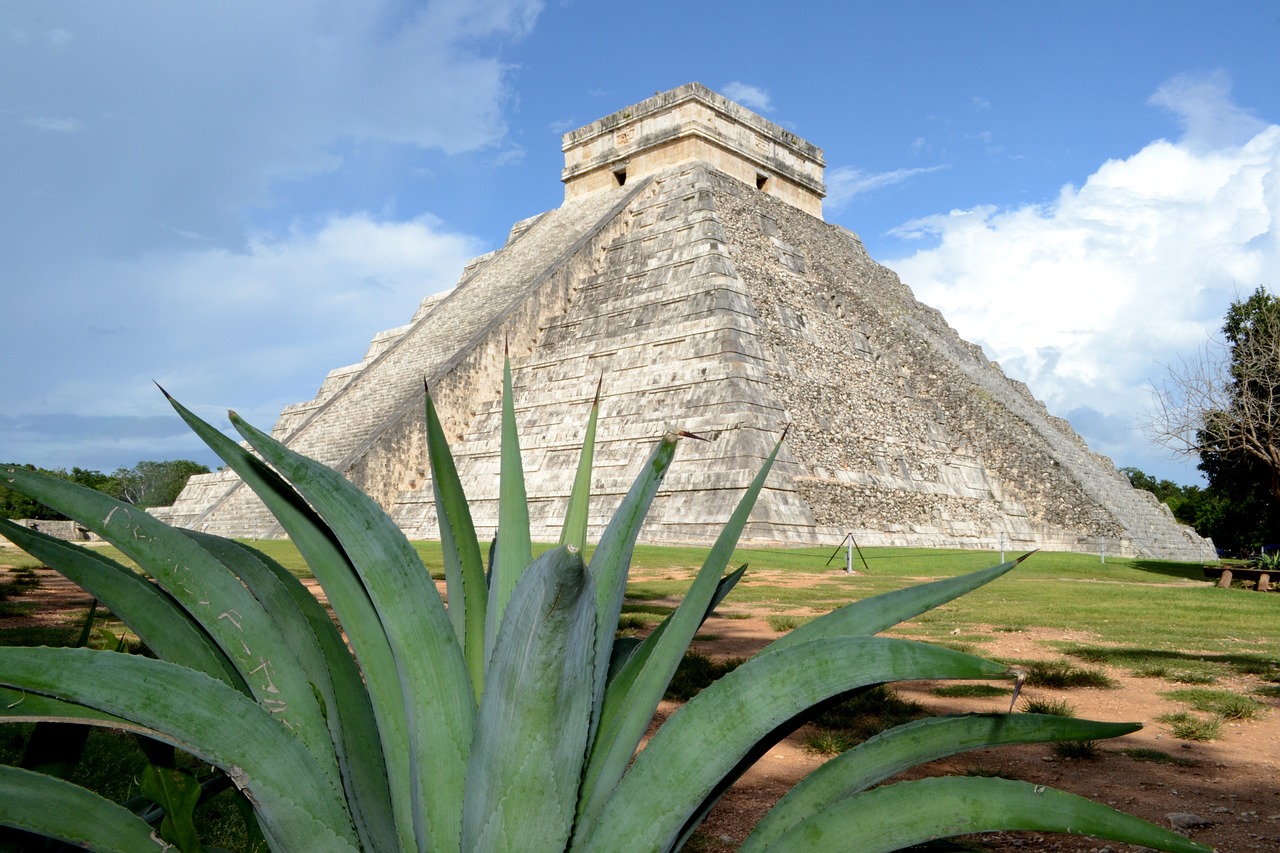
Mayan Creation Story: Popol Vuh
The Mayan creation story, as depicted in the Popol Vuh, offers a fascinating insight into the beliefs of the ancient Maya civilization. This sacred text not only narrates the creation of the world but also delves into the origins of humanity and the gods. According to the Popol Vuh, the gods first attempted to create beings who would worship and praise them. However, these creations, made from mud and wood, were flawed and ultimately destroyed.
After several unsuccessful attempts, the gods finally succeeded in creating humans out of maize dough. This creation myth highlights the significance of maize in Mayan culture, symbolizing sustenance and life itself. The hero twins, Hunahpu and Xbalanque, play a crucial role in the Popol Vuh, embarking on a journey to the underworld to defeat the lords of death and bring about the rebirth of humanity.
The Popol Vuh not only explains the origins of the world and humanity but also provides valuable insights into Mayan cosmology and religious beliefs. It portrays a rich tapestry of mythological elements, weaving together themes of creation, sacrifice, and heroism. The story is imbued with symbolism and metaphor, inviting readers to ponder the deeper meanings hidden within its narrative.

Comparative Analysis of Creation Myths
When delving into the , it becomes evident that despite the diversity of ancient religions and cultures, there are striking similarities in the core themes and motifs present in their creation stories. These myths, originating from civilizations across the globe, often share common elements that reflect fundamental human experiences and beliefs.
One prevalent theme found in many creation myths is the concept of cosmic order and balance. Whether it is the Egyptian belief in Ma'at, the Greek idea of Cosmos, or the Chinese concept of yin and yang, these myths emphasize the importance of harmony and equilibrium in the universe. This recurring motif highlights the universal human desire for stability and coherence in the world.
Another intriguing aspect of these creation narratives is the presence of divine beings or gods responsible for shaping the world. From the Egyptian deity Ra to the Norse god Odin, these mythologies depict powerful supernatural entities that govern the forces of creation and destruction. The portrayal of gods as central figures in the creation process underscores the human tendency to attribute natural phenomena to higher powers.
Furthermore, many creation myths explore the theme of chaos and order, depicting the universe as emerging from a primordial state of disorder. The Babylonian Enuma Elish, for instance, narrates the epic battle between the gods Marduk and Tiamat, symbolizing the triumph of order over chaos. This motif of cosmic conflict and resolution is a recurring motif in various ancient mythologies.
Moreover, the concept of cyclical time is a prevalent feature in several creation myths, such as the Hindu belief in the eternal cycle of creation, preservation, and destruction. This cyclical view of time reflects the idea of perpetual renewal and regeneration, symbolizing the cyclical nature of life and the universe.
By conducting a comparative analysis of these creation myths, we can uncover the underlying similarities and differences that offer insights into the shared human experiences and beliefs that have transcended time and geography. Through examining these ancient narratives side by side, we gain a deeper understanding of the universal themes and motifs that have shaped human perceptions of the origins of the world.
Frequently Asked Questions
- What are creation myths?
Creation myths are traditional stories or beliefs that explain how the world, universe, and all living beings were created. They often involve supernatural beings, gods, or cosmic events that shape the origins of existence.
- Why are creation myths important?
Creation myths are significant because they provide insights into the cultural, religious, and philosophical beliefs of ancient civilizations. They offer a window into how different societies understood the beginnings of life and the natural world.
- Are creation myths considered religious beliefs?
Creation myths are often intertwined with religious beliefs, as they form the foundation of many ancient religions. However, they can also be viewed as symbolic narratives that convey deeper truths about human existence and the mysteries of the universe.
- Do creation myths from different cultures share similarities?
Yes, many creation myths from diverse cultures share common themes such as the emergence of the world from chaos, the role of gods or divine beings in creation, and the cyclical nature of existence. These similarities highlight universal human experiences and concerns.
- How do creation myths influence modern society?
Creation myths continue to influence modern society by shaping cultural identities, inspiring artistic expressions, and prompting philosophical reflections on the nature of reality and human existence. They offer a rich tapestry of narratives that resonate across time and space.



















